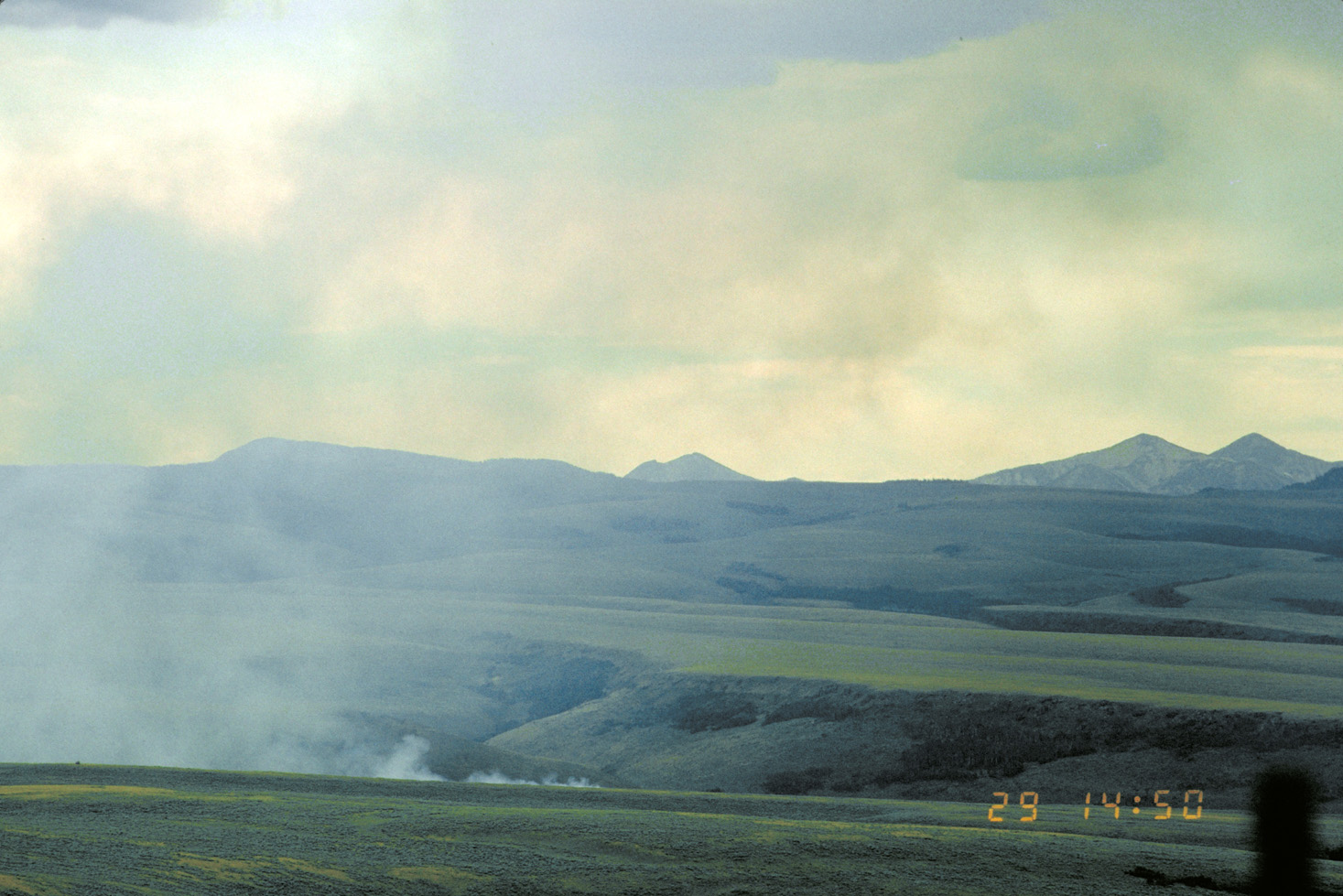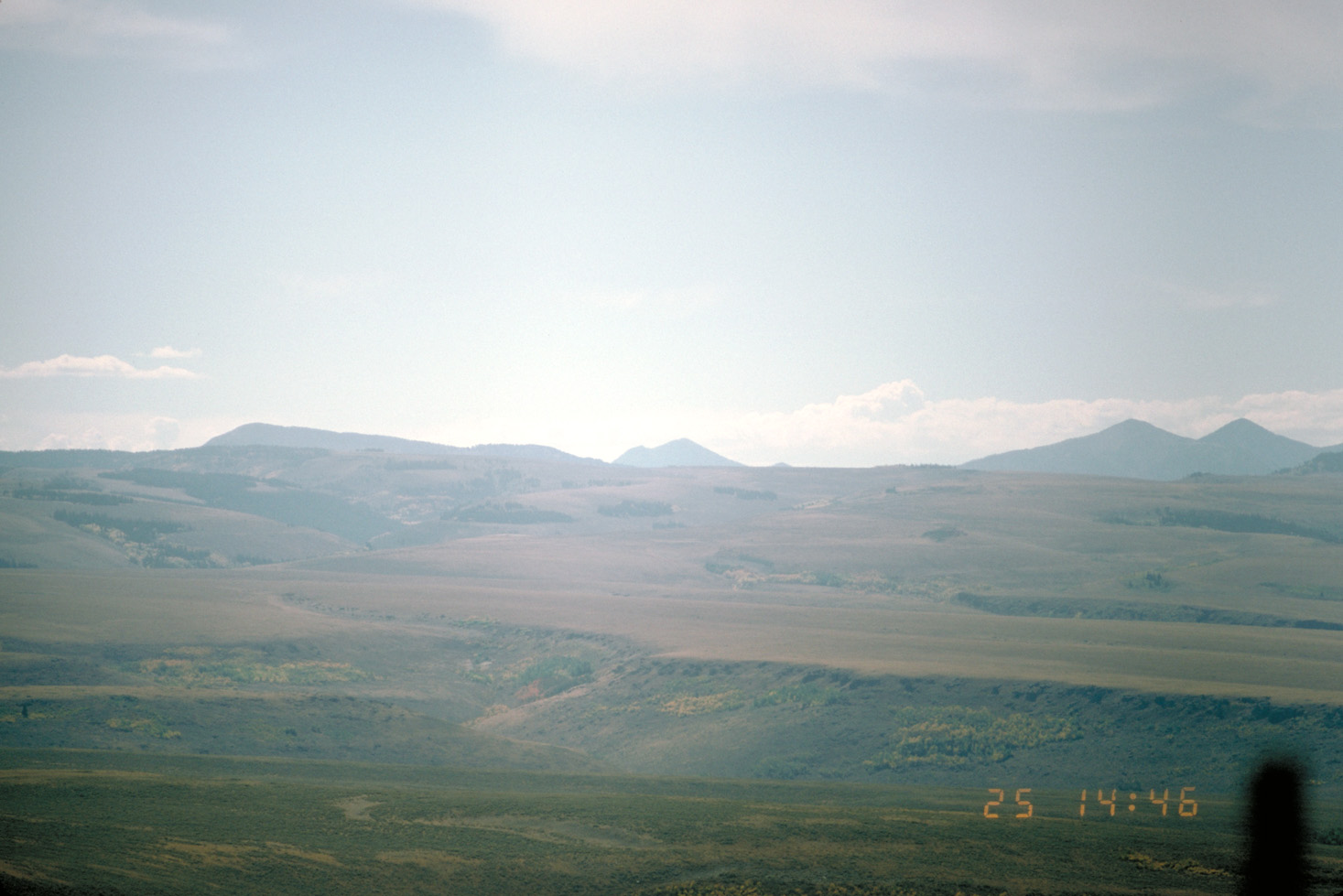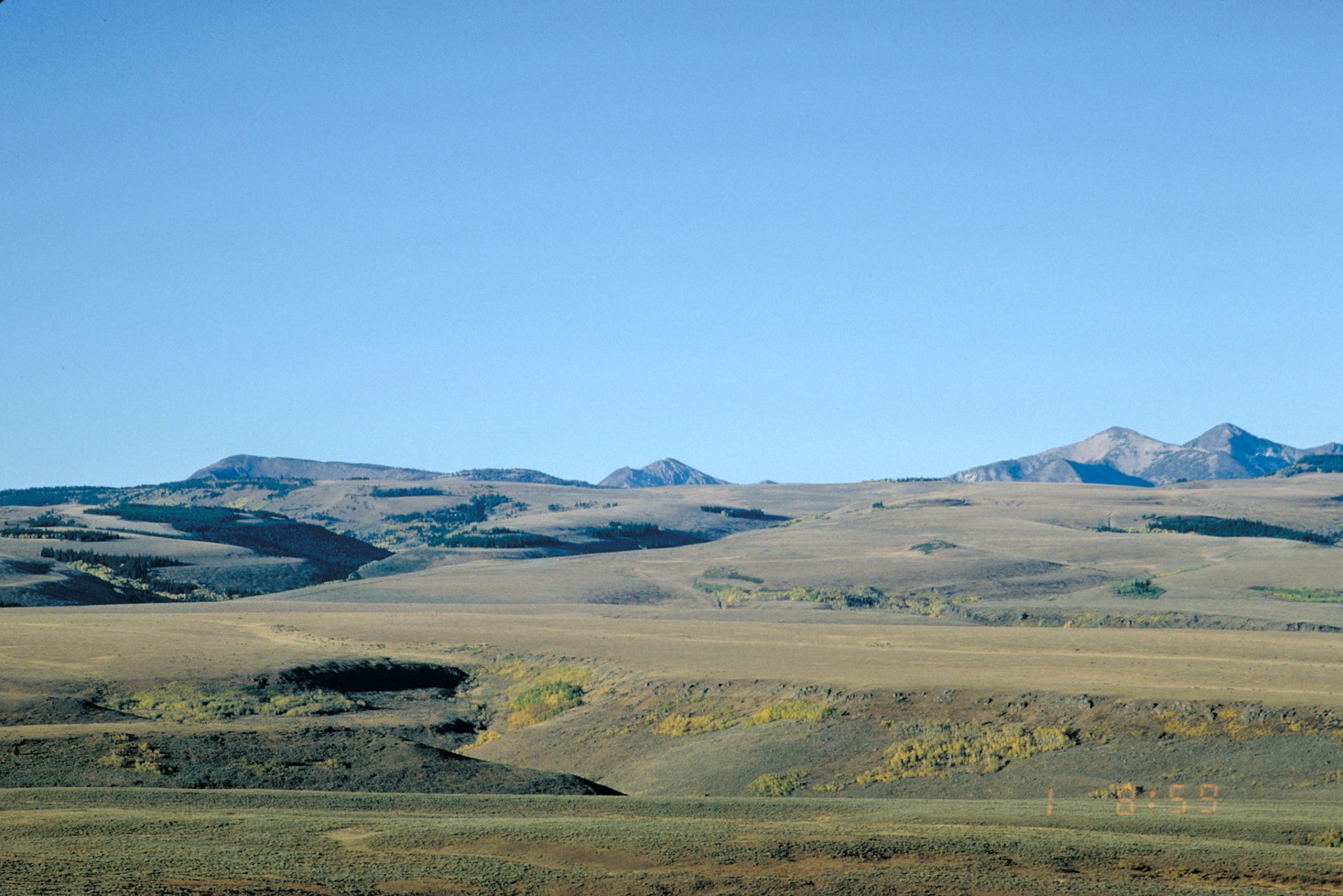Regional Haze
Regional Haze Documents for the Second Planning Period
Nevada 2022 Regional Haze State Implementation Plan (SIP)
- Regional Haze SIP Transmittal Letter
- Regional Haze SIP
- Regional Haze SIP - Appendix A
- Regional Haze SIP - Appendix B Part 1
- Regional Haze SIP - Appendix B Part 2
- Regional Haze SIP - Appendix B Part 3
- Regional Haze SIP - Appendix C through J
- Public Comments and Associated Documents (.zip file download)
Nevada 2025 Regional Haze 5-Year Progress Report
- Nevada 2025 Regional Haze Progress Report Transmittal Letter
- Nevada 2025 Regional Haze Progress Report
Nevada 2025 Regional Haze SIP Revision
Regional Haze Documents for the First Planning Period
Nevada 2009 Regional Haze State Implementation Plan (SIP)
Nevada 2014 Regional Haze 5-Year Progress Report
Overview
In 1977, Congress amended the Clean Air Act establishing a national goal to protect visibility in Class I federal areas — national parks, forests and wilderness areas. The amendments called for the “prevention of any future, and the remedying of any existing, impairment of visibility in mandatory Class I federal areas which impairment results from manmade air pollution.” In 1979, EPA promulgated a list of 156 mandatory Class I areas in which visibility was determined to be an important factor. In Nevada, there is one designated Class I area, the Jarbidge Wilderness Area in the northeast corner of the State.



On July 1, 1999, EPA promulgated the Regional Haze Rule. The intent of the regional haze rule is to improve visibility over a period of 60 years in all 156 mandatory Class I areas across the country. It requires each affected state to develop and adopt an implementation plan that will improve the haziest days and protect the clearest days at each mandatory Class I area in the state with a goal of returning to natural visibility conditions by the year 2064.
Comprehensive SIP revisions are required every 10 years. A key component of the Regional Haze Rule is the requirement to install and operate the best available retrofit technology (BART) for qualifying older, existing sources of visibility impairing pollutants during the initial planning period. Additionally, each plan must provide a comprehensive analysis of natural and man-made sources of haze in each mandatory Class I area in the state and contain strategies to control anthropogenic emissions that contribute to haze. The plan must also address the transport of haze across state boundaries.
Most of the technical work for the initial regional haze SIPs in the western states was done through the Western Regional Air Partnership (WRAP). The WRAP is a collaborative effort of tribal governments, state governments and various federal agencies to develop the technical and policy tools needed by western states and tribes to comply with EPA's regional haze regulations. WRAP activities are conducted by a network of committees and forums composed of WRAP members and stakeholders, representing a wide range of viewpoints.
This EPA pamphlet explains what regional haze is and where it comes from. More information and educational materials on regional haze are found on EPA's Visibility website, which includes basic information on visibility science and Class I area maps, as well as links to regulations.
Nevada's 2009 Regional Haze SIP
The Nevada Division of Environmental Protection (NDEP) submitted the first Nevada Regional Haze State Implementation Plan (Appendices) on November 18, 2009 addressing the initial planning period of the Regional Haze Rule, 2008-2018. The 2009 Regional Haze SIP demonstrates reasonable progress in reducing haze in the Jarbidge Wilderness Area and in Class I areas in neighboring states that may be impacted by emissions from Nevada.
Analyses conducted for the SIP show that visibility impairment at the Jarbidge Wilderness Area is primarily due to natural emissions of smoke and dust from wildfire and windblown dust. Nevada’s contribution to visibility impairment at Jarbidge is small. Oxides of nitrogen, measured as ammonium nitrate, and sulfur dioxide, monitored as ammonium sulfate, are the predominant anthropogenic pollutants in Nevada. For the period 2006 to 2014, ammonium nitrate averages less than 4 percent of total impairment at Jarbidge and ammonium sulfate averaged less than 15 percent. Nevada’s contribution at Jarbidge to ammonium nitrate impairment is approximately 13 percent and approximately 5.5 percent to ammonium sulfate impairment. Nevertheless, implementation of BART and other Clean Air Act components of the 2009 plan will reduce 2018 anthropogenic emissions from Nevada sources by tens of thousands of tons annually, including industrial, transportation and urban emissions, resulting in visibility improvements in the Jarbidge Wilderness Area and other Class I Areas.
BART Determinations
Four Generating Stations in Nevada, comprising 10 units, are subject to BART: NV Energy's generating stations at Tracy (units 1, 2 and 3), Fort Churchill (units 1 and 2) and Reid Gardner (units 1, 2 and 3); and Southern California Edison's (SCE) Mohave Generating Station (units 1 and 2). The NDEP prepared BART determination reports for three NV Energy facilities. Links to the NDEP'S determination reports are found below:
NDEP'S BART Determination Reports
| Tracy BART Review and Determination, October 2009 |
| Fort Churchill BART Review and Determination, October 2009 |
| Reid Gardner BART Review and Determination, October 2009 |
The report for Mohave prepared by Southern California Edison is accepted as Nevada's BART determination.
SCE Mohave Generating Station
| BART Determination: Natural Gas Firing Options (Revised) |
| -Appendices |
Federal Register Notices
• June 22, 2011 FR Nevada; Regional Haze State Implementation Plan. Proposed Rule.
• March 26, 2012 FR Nevada; Regional Haze Implementation Plan. Final Rule.
Nevada's 2014 Progress Report
The Nevada Regional Haze 5-Year Progress Report (Appendices) assesses progress midway through the initial planning period of the Regional Haze Rule. Submitted on November 18, 2014, it assesses visibility improvements since 2004 and documents that Nevada’s initial SIP is adequate to achieve established goals for visibility improvement and emissions reductions by 2018. The report concludes that Nevada’s 2009 SIP requires no substantive revision at this time. On October 19, 2015, the NDEP requested EPA rescind the Federal Implementation Plan promulgated on August 23, 2012 for BART at the Reid Gardner Generating Station on the basis that units 1, 2, and 3 of the Reid Gardner Generating Station are permanently shut down, making the Federal Implementation Plan no longer applicable.
Federal Register Notices
• September 17, 2015 FR Nevada; Regional Haze Progress Report. Proposed Rule.
